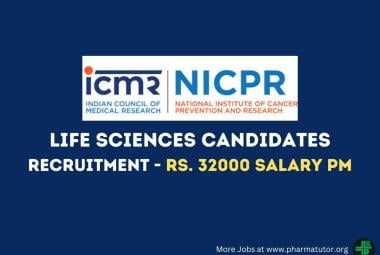Microencapsulation : a rapidly expanding technology
 About Authors:
About Authors:
Mortoza Rahaman
B.Pharm, BCDA College of Pharmacy & Technology (WBUT), WB
M.Pharm, Dadhichi College of Pharmacy, (BPUT), Orissa
mortozarahaman970@gmail.com
Abstract:
Novel drug delivery systems have several advantages over conventional multi dose therapy. Recent trends indicate that microparticulate drug delivery systems are especially suitable for achieving controlled or delayed release oral formulations with low risk of dose dumping, flexibility of blending to attain different release patterns as well as reproducible and short gastric residence time. The release of drug from microparticles depends on a variety of factors including the carrier used to form the microparticles and the amount of drug contained in them. Consequently, microparticulate drug delivery systems provide tremendous opportunities for designing new controlled and delayed release oral formulations, thus extending the frontier of future pharmaceutical development. One such approach is using microspheres as carriers for drugs. Microencapsulation is a process where by small discrete solid particles or small liquid droplets are surrounded and enclosed by an intact shell. Microencapsulation is used to modify and delayed drug release form pharmaceutical dosage forms. A well designed controlled drug delivery system can overcome some of the problems of conventional therapy and enhance the therapeutic efficacy of a particular drug. It is the reliable means to deliver the drug to the target site with specificity, if modified, and to maintain the desired concentration at the site of interest without untoward effects. Microspheres received much attention not only for prolonged release, but also for targeting of anticancer drugs to the tumor. The intent of the paper is to highlight the potential of microencapsulation technique as a vital technique in novel drug delivery.



 About Authors:
About Authors:  About Authors:
About Authors:  About Authors:
About Authors:  About Authors:
About Authors:  About Authors:
About Authors: About Authors:
About Authors:  About Authors:
About Authors: About Authors:
About Authors:  About Authors:
About Authors: 







.png)


